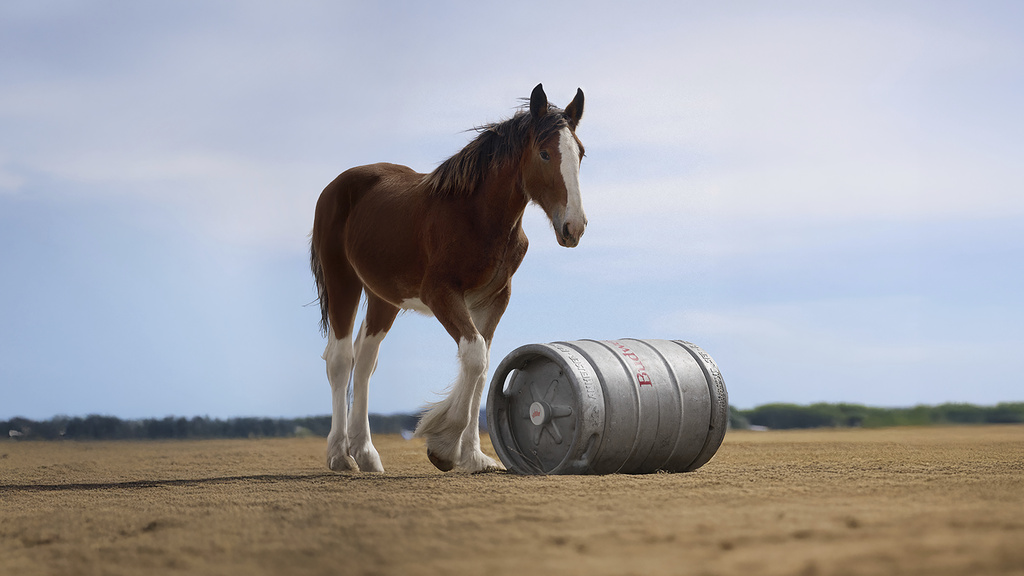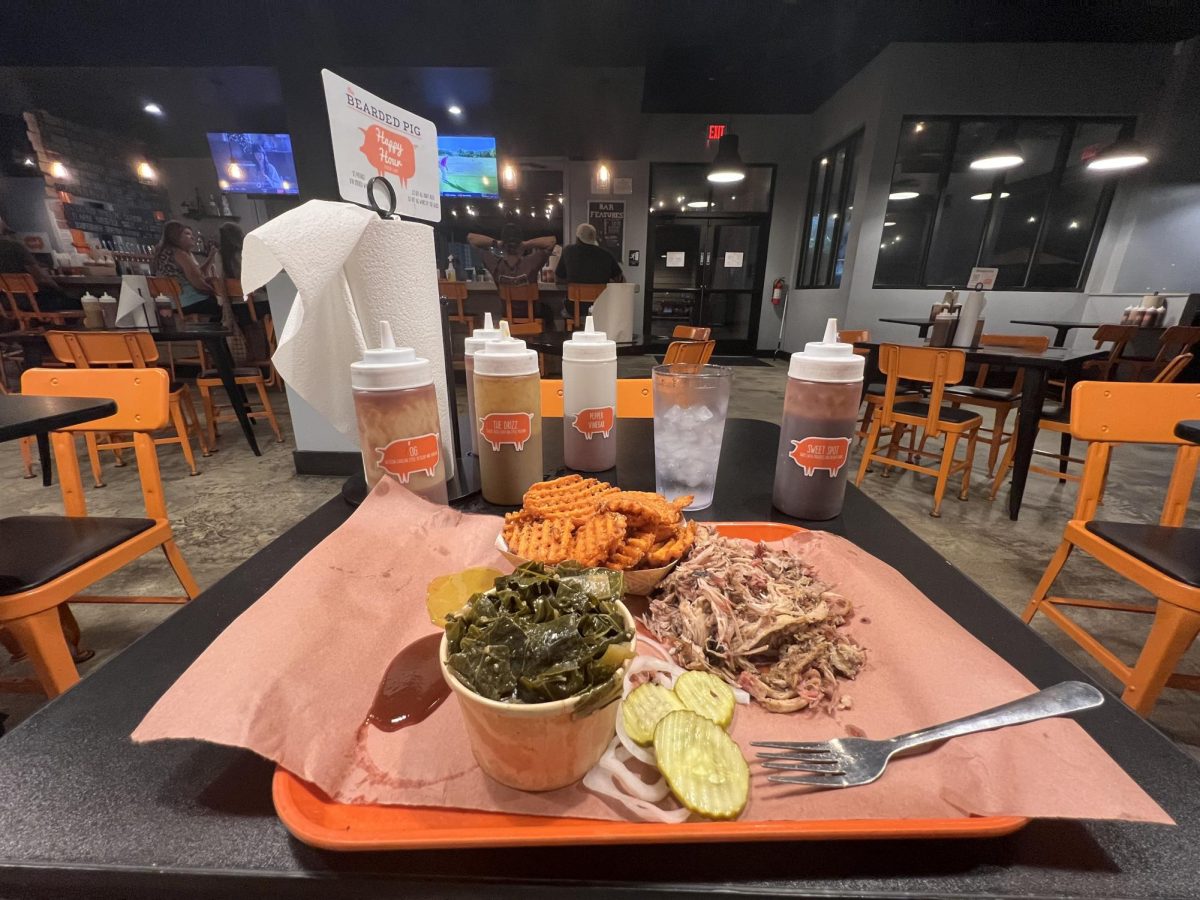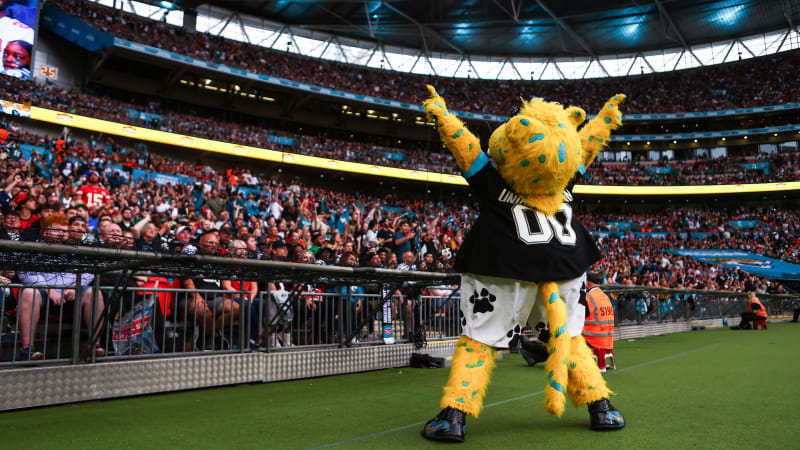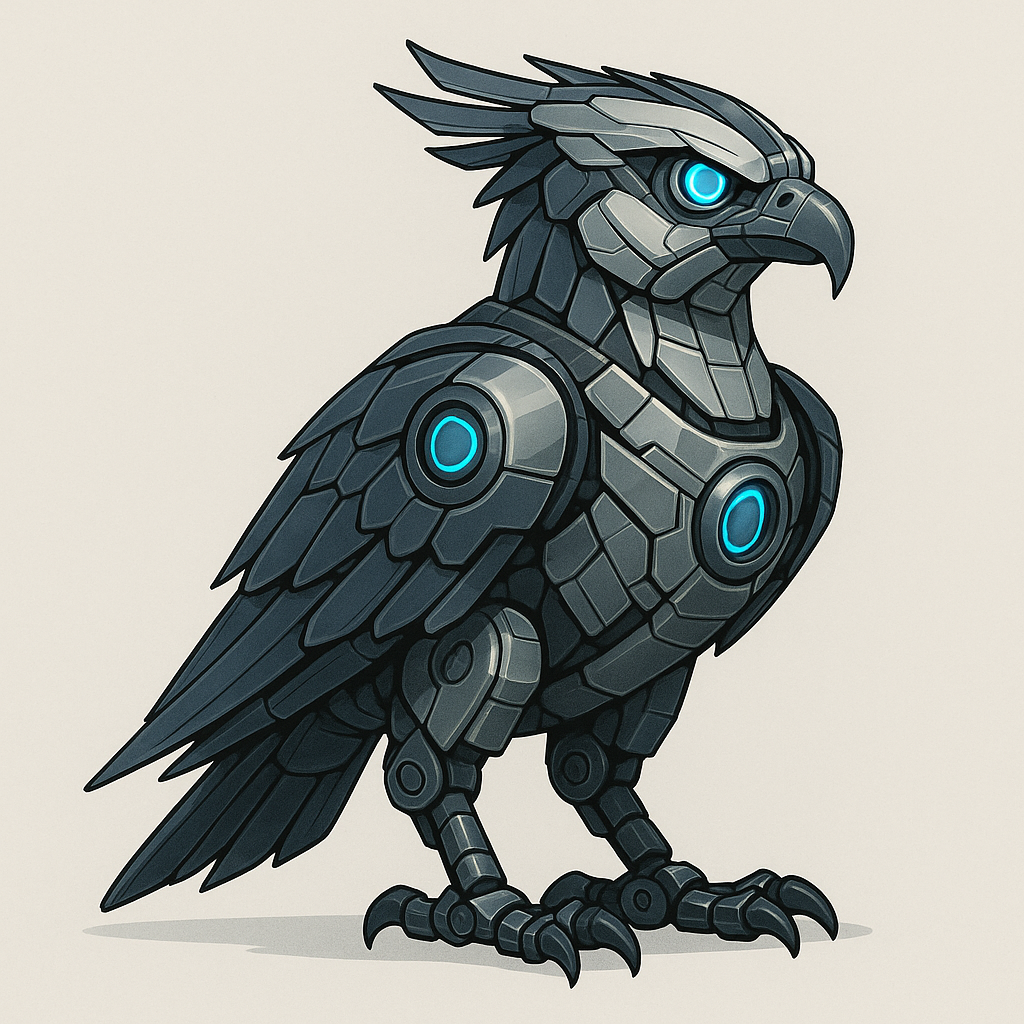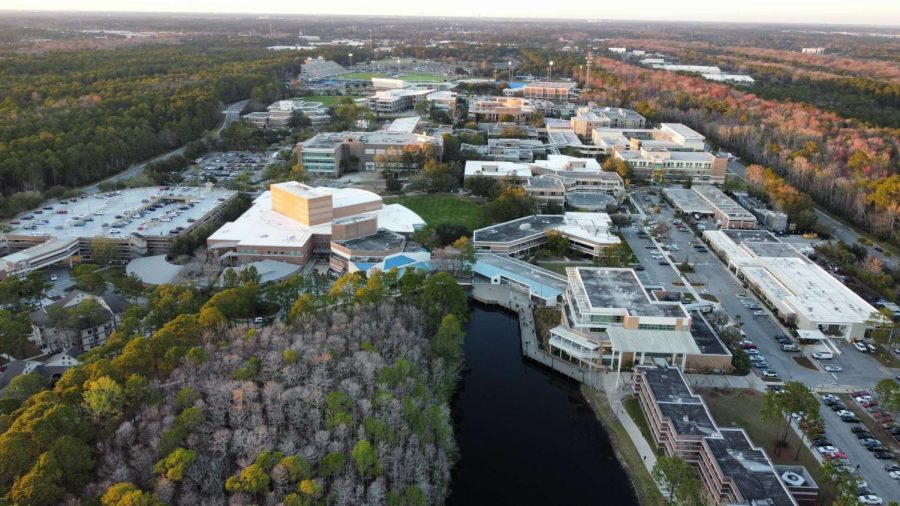The announcement of an Obi-Wan Disney+ series in the vein of the Mandalorian was very exciting. For some background, many anthology movies in the realm of Rogue One were planned to be released in the late 2010s along with Disney’s Sequel Trilogy. However, after Solo bombed at the box office, many feared the plans for these spinoffs featuring the likes of Boba Fett and Obi-Wan Kenobi were doomed.
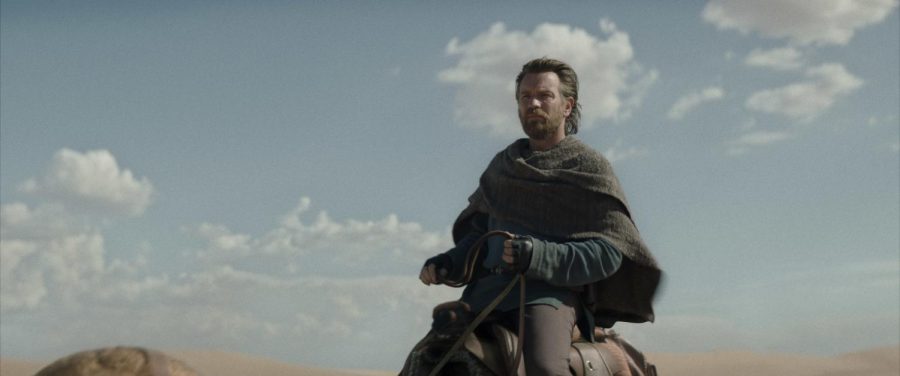
Thankfully, the concepts were reworked into the Disney+ series following the breakout success of The Mandalorian. After The Book of Boba Fett late last year, it was finally time for Ewan McGregor to shine in arguably his most well-known role to most filmgoers.
The end result is definitely worth a watch but not necessarily worth the wait.
This series’ primary purpose was to bridge the gap between Revenge of the Sith and A New Hope, set 10 years after the former and 9 years before the latter. Obi-Wan has clearly aged and is beginning to gray in his time guarding Luke Skywalker on Tatooine. Events eventually force him out of hiding and into a confrontation with his former apprentice, Anakin Skywalker, now Darth Vader.
The overall writing is where the faults in this series really show. This premise was sketchy to begin with given the knowledge of the time period. The story felt somewhat clunky at times, with overused characters and tropes, but while it does wrap up most of the plot holes it introduces, some are left too open-ended to not have greater impacts unless they’re approached in future content.
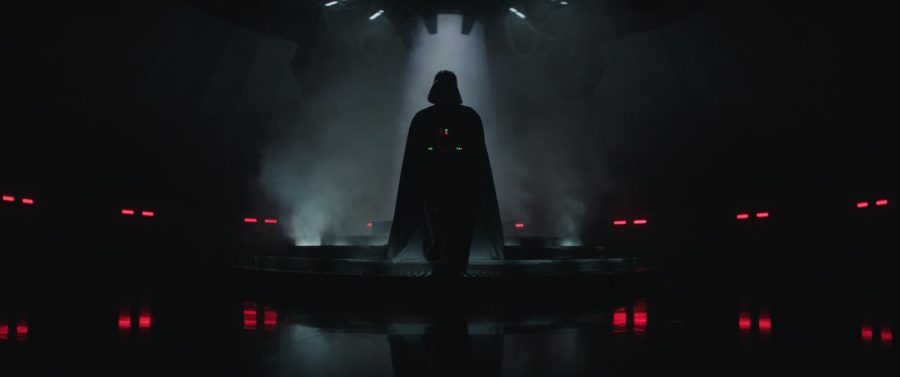
The quality of writing varies profusely from episode to episode, which leads to a bit of a pacing issue. The best episodes, however, by far, are the final two.
The final two episodes were written by Andrew Stanton. A longtime Star Wars fan, this is the creative genius who wrote and directed some of Pixar’s greatest masterpieces, including Monsters Inc, Finding Nemo, Wall-E, and the Toy Story films (hence the Star Wars parallels in the latter). He’s also directed some Stranger Things episodes, so the man knows what he’s doing, and it shows.
The show’s final two episodes are the best by far, and it’s not much of a competition. They’re not perfect, but Stanton’s writing in this series has no equal, and his episodes have more thought and passion put into them than anything in the Sequel Trilogy. Stanton is a screenwriting genius, and his episodes are leagues above the rest; and just makes me wish he wrote more for Star Wars.
The titular character is Obi-Wan himself, obviously. Unlike the aforementioned Book of Boba Fett, the plot of each episode almost entirely revolves around Obi-Wan, which is a relief. Ewan McGregor truly is the standout of the series. Many people believe in the acting department he carried the Prequels on his back, and the same holds true in this series.
Obi-Wan starts this series fairly washed-up. He’s lost his hold onto the Jedi ways, and he lives his exile in dishonor and depression. Obi-Wan has been suffering from an implied form of PTSD from the fall of his padawan, and Ewan McGregor absolutely nails it every time. It’s somewhat sad to see the normally chipper and humorous Jedi Master as a hollow shell of his former self. He’s justifiably reluctant to get back into the affairs of the whole galaxy, and nobody would blame him.
While on Tatooine, he lives life working low-paying jobs, trading with Jawas, and attempting to communicate with the spirit of Qui-Gon Jinn, his late master. He does his best to look after Luke from a distance, even though it’s not wanted by his Uncle, which definitely feels in line with how he’s portrayed as stoic, yet overbearingly protective of his nephew in A New Hope.
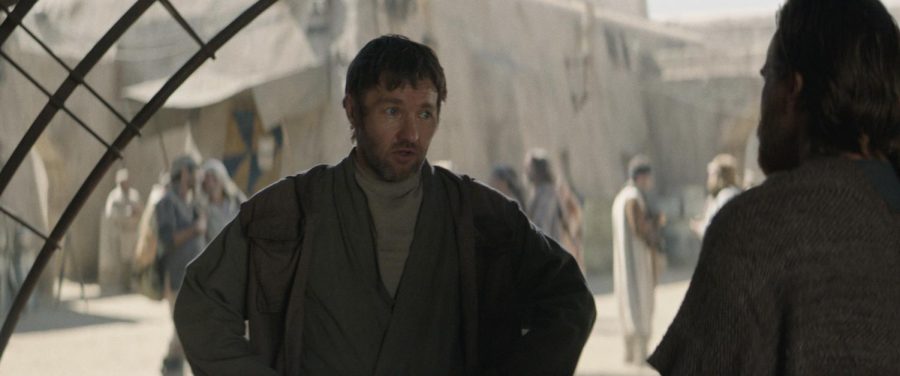
Speaking of Uncle Owen, Ewan McGregor isn’t the only Prequel actor helping the series feel like a genuine Star Wars project. Joel Edgerton, Jimmy Smits, and last but not least, Hayden Christensen all reprise their roles.
Concerning the latter, this is his official full return to the Star Wars franchise after being lambasted by popular culture for his portrayal of Anakin Skywalker in the Prequels. People in recent years have grown to have a soft spot for his version of Anakin. Much of his acting was given unjust criticism due to two specific reasons: George Lucas being unable to write romantic dialogue and the fact that many scenes forced him to appear alongside phenomenal actors like the aforementioned McGregor and Ian McDiarmid. His performance would of course look subpar by comparison.
Christensen was a welcome addition to this show, and it’s so wholesome to see him back in this franchise, suited up as Darth Vader and playing a younger Anakin via flashbacks. Unfortunately, though, most efforts to de-age him for the latter, whether CGI or make-up, don’t really look the best at times.
There are a handful of new characters introduced for the show, however. Most of them are just the same kind of character with traits we’ve seen before. You’ve got the disillusioned Imperial and a proto-rebellion leader, both of which are completely recurring characteristics we’ve seen countless times, and the screenplay and actors don’t do much to make them stand out.
There are however two original characters that do manage to stand out though. One of them is played by Kumail Nanjiani, who lends his talents in comedy and drama to a greedy, yet well-meaning con-man posing as a Jedi.
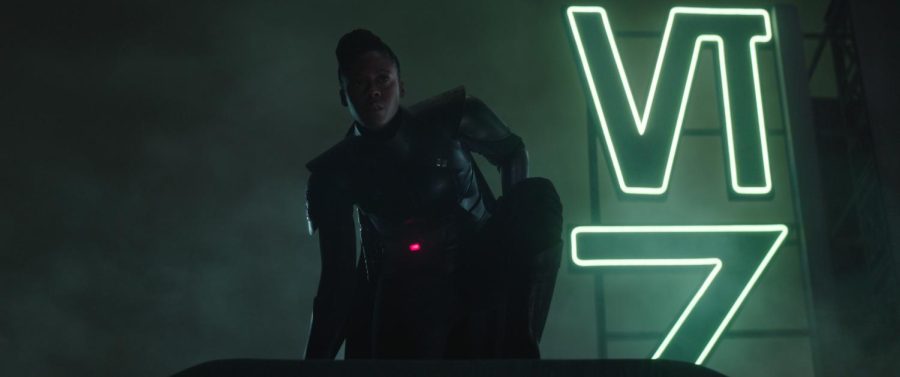
The other character is the Third Sister, an Inquisitor, played by Moses Ingraham. Inquisitors are Jedi hunters trained by Darth Vader himself. They were previously established in the animated show Star Wars Rebels and the video game Star Wars Jedi: Fallen Order, both of which are nicely referenced in this show in many ways.
The Third Sister is one of the show’s major characters that aren’t Obi-Wan. The character feels annoyingly impatient, needlessly aggressive, and frustratingly stubborn. However, that is intentional, as it in many ways parallels teenage Anakin in the prequels. The show and characters know how obnoxious her traits are, and many of the characters justifiably call her out on it. Moses Ingraham nails the role in making the character unbearable at times, but you still can’t help but root for her.
Lastly, there’s Vivien Lyra Blair, the ten-year-old actress from Bird Box, who plays an adolescent Princess Leia in this series. This was an incredibly clever decision from a storytelling standpoint, as going into this series you would expect Luke to be featured more prominently, but switching it up to Leia as the focus was a good way to subvert expectations in a good way. It also makes sense in the universe, as it explains her quick trust of Luke in A New Hope when he says Obi-Wan’s name, in addition to adding further reasoning behind her eventually naming her son after him.
But Blair absolutely nails this role. She comes in with all the spunk, attitude, and stubbornness that many fans associate with the Original Trilogy Leia but is half the size and only 10 years old. Adolescent Leia is definitely the greatest highlight of this series other than Obi-Wan himself, and her chemistry with McGregor is fantastic. She is quite literally the best choice for the role, and if Carrie Fisher was still with us, she would approve with flying colors.
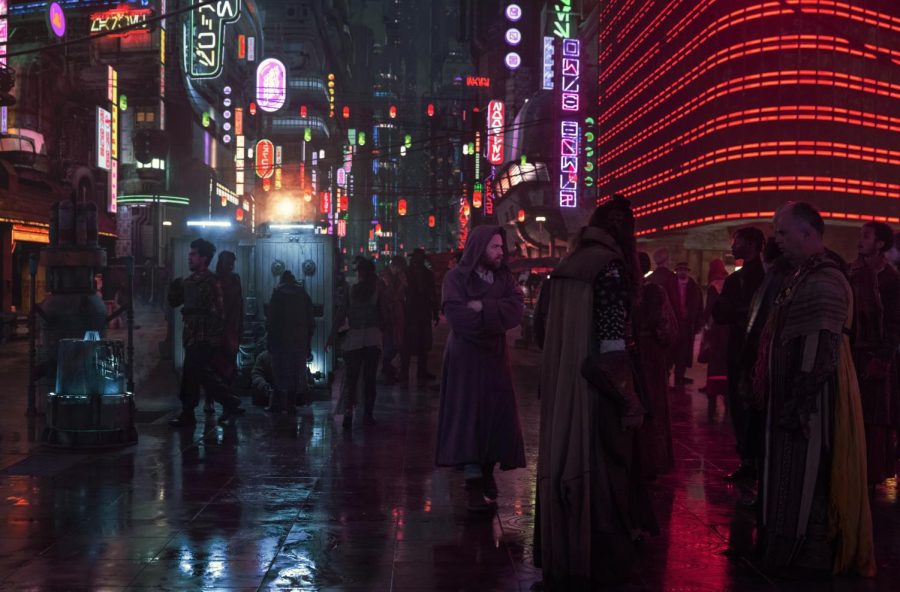
The direction was decent. It wasn’t anything super impressive, but it also wasn’t anything cringe either. The direction felt very Mandalorian-esc, and that’s not surprising. Deborah Chow, the director, previously directed the Mandalorian, and it shows, but that’s not a bad thing.
The lightsaber fights in this series were an important aspect to handle. While it obviously doesn’t top the choreography of the prequels, it feels vastly superior to the lightsaber choreography of the sequels.
The final thing to touch on is the soundtrack. Obi-Wan’s theme is phenomenal, and you can tell John Williams meant to do it justice, which he did. The rest of the score was composed by Natalie Holt, and while she does a good job, there is one issue. The Imperial March is barely used AT ALL. Despite Vader and the Empire being featured very prominently, their signature theme is barely heard at all, to the point where it became frustrating. At the end of the day, that’s more of a nitpick rather than a critical point, but it is still bothersome.
The show is overall very impressive. It was clear a lot of love and passion was poured into this project by everyone involved with it. While the story is definitely a mixed bag, the quality of its immersion, coupled with the actors’ great performances, Blair and McGregor in particular, make it well worth a watch. While its shortcomings make it feel like it wasn’t quite worth the wait, it is still an enjoyable viewing experience.

Spinnaker rates this series 3.5 out of 5 Spinnaker Sails.
___
For more information or news tips, or if you see an error in this story or have any compliments or concerns, contact editor@unfspinnaker.com.



